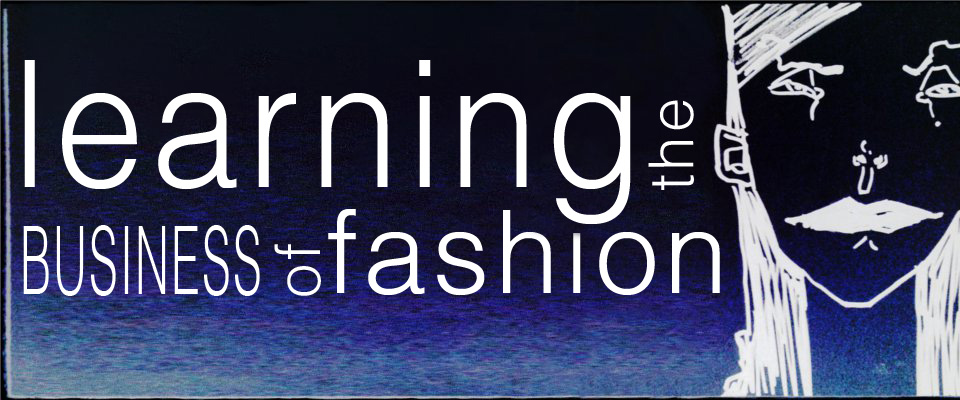Some of the most disturbing factors surrounding the incident is that the entire first floor which functioned as a shopping mall was evacuated the day before. The risk was evidently known by the factory owners, but a pressing order was in production and the deadline had to be met. Furthermore, two of the factories in the complex were certified by BSCI and one by SA8000. BSCI is not a very well-known certification, but it covers working conditions and worker's rights. They both certify against child labour, forced labour and a legal minimum wage. Therefore they use the argument that their certifications are not designed to cover building integrity, however, when two days before the building was condemned unsafe, the factory owners forced the workers to continue working with the threat that by leaving they would give up their wage for the month.
Now comes the big question, what have we learnt from this and what will we do to prevent such disasters from happening again? Many are calling for industry leaders to make suggestions, including BSCI and EFF. The Accord on Bangladesh Fire and Building Safety is a great answer to this question. All certifications up until now are privately held, this one is legally binding. Adding to that it makes it a requirement that brands make their audit reports publicly available. This is a ground-breaking idea which would set Bangladesh apart from any other country. The garment industry is audited time and time again, several times a year by every company that they supply, but the heaps of information is kept secretly in the databases of the companies and their auditors. What if a company was legally bound to act upon or report unsafe working environments to the local authorities? What if the information gathered could be looked over by the National Garment Workers Federation?
 |
| Firoz Ahmed: the National Garment Workers Federation campaigns for safer work environments. |
The things to take with us from such a disaster is that auditors close their eyes to the real dangers. The factory owners and the powerful buyers with the pressing orders are the decision makers in instances like this. It is crucial to doubt certifications, even the ones we love - like fairtrade and organic certifications of coffee and cotton. Shirahime is a new blog that I have just found, who in this blogpost shares some gruelling facts about the certification system. We need to make a paradigm shift away from private for-profit certification systems whose auditors are paid for by the authority itself and change our perception of the problem.
The issue is just as much the issue of ourselves and our governments as it is a problem for Bangladesh/China/Vietnam/India/etc. By trading with these countries we move problems of labour safety away from our own country and into the world marketplace. The globalised world marketplace becomes our territory.
We need to make a revolution in the mindset of the entire supply chain of the fashion industry. Not only the CSR board need to understand the importance of fire safety, working conditions and living wage. The buyers, merchandisers, factory owners, factory production managers and the supervisors of the seamstresses need to understand that foreign money should raise the bar for pay, working conditions and thereby the living standards of everyone implemented. Their own governments encourage and lobby for these investments under the hope that the country's economy will improve and poverty decrease. But if the money stays with the rich that just won't happen.
Read more of the Clean Clothing Campaign's extensive coverage here and sign their petition to urge brands who source in Bangladesh to sign the Fire and Safety Agreement and make the brands who placed orders with the factories involved compensate for their loss.


Thanks for the interesting article. I just would like to add the names of the audit organisations which failed to conduct the social audits correctly: 1) "Rina" in the case of Ali Enterprise in Pakistan (which gave the SA8000 certificate to the factory one month before it burned down) and 2) "TUV Rheinland" which audited Rana Plaza in Bangladesh according to the BSCI system before the building collapse.
ReplyDeleteWhereas SAI had openly communicated which audit organisation had failed the audit in Ali Enterprise, BSCI did not divulgate the name of the audit organisation which conducted audit in Rana plaza according to its system.
Social audit organisations do not have incentives to do the compliance investigation in details. If they report to many non compliances, they will not receive the audit contract next time. So they tend to close their eyes. The only way to put the incentives back in place is to name the social audit companies for their failures and shame them.